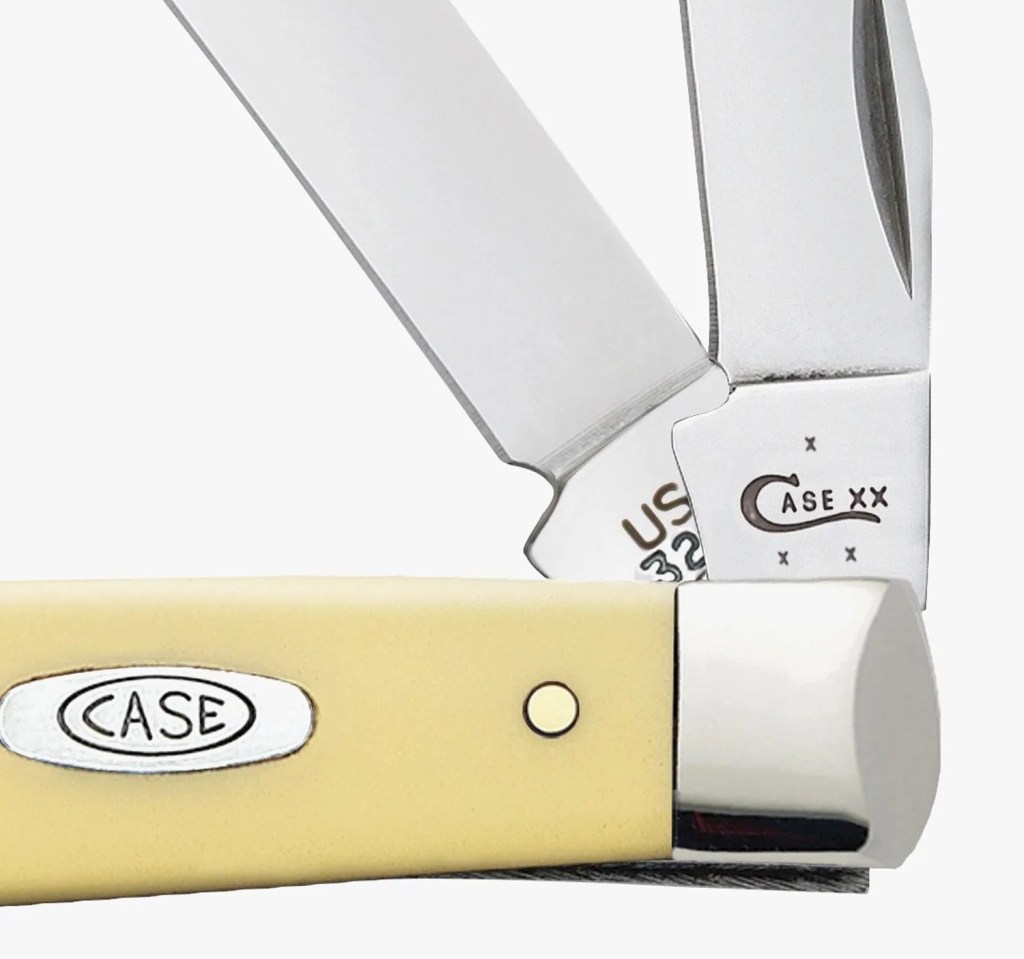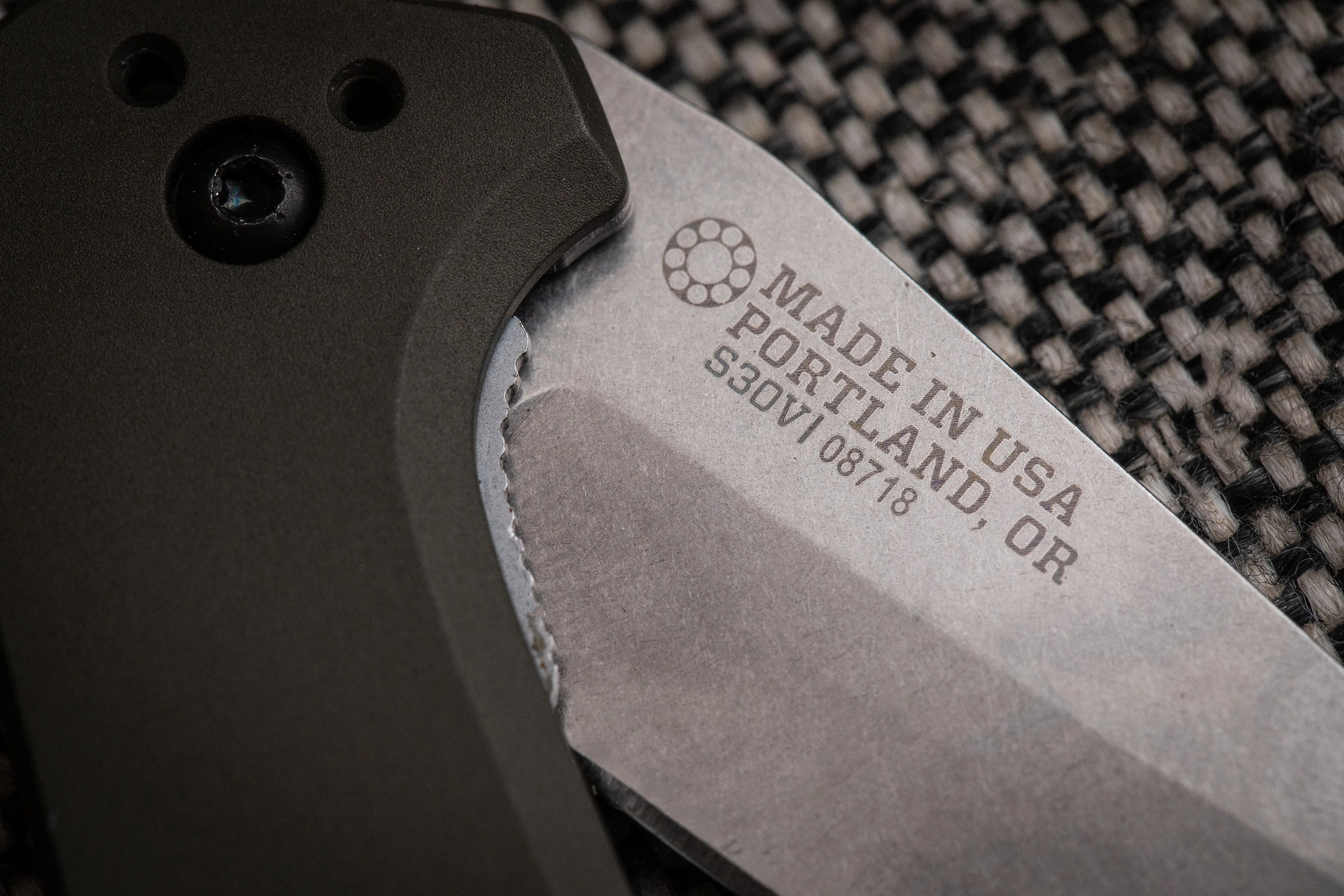Open your pocket knife and take a look at its blade. There’s a good chance it isn’t a pristine slab of steel, but rather that the area closest to the handle — an unsharpened bit called the ricasso — is etched with numbers, letters and strange words. 20CV. VG-10. Elmax. Conspiratorial treasure hunters might suggest secret codes and hidden meanings, and this time, they’d be right.
Well, mostly.
The markings on a knife blade do indeed signify something. Typically, they appear on the side of the blade that orients the point to the left and the handle to the right; this is called the mark side (the other side is referred to as the pile side, file side or reverse side). The mark side is the traditional location of a maker’s mark, also known as a touchmark, which refers back to blacksmith tradition.
It’s a signature of sorts, and artisan knife makers still use them today.
As one might guess, the maker’s mark is a symbol created by a craftsperson and stamped into the steel to identify his or her work. It’s a signature of sorts, and artisan knife makers still use them today, while big brands place their company logo in the same spot. Depending on the brand or maker, you might also find a string of numbers near the logo, which typically refers to a particular knife’s model. Together, the maker’s mark and model number are invaluable in identifying knives, both vintage and recent, and thus establishing their value.
W.R. Case & Sons provides one of the best examples of a maker’s mark in American knife making. Since the company began producing knives in the late 1800s, it has stamped each of its blades with its logo along with small dots and Xs. Taken together, the design of the logo and the placement of the dots and Xs identify the year in which a particular knife was produced, differentiating, for instance, one Trapper — a design the company began producing in the 1920s — from another.







